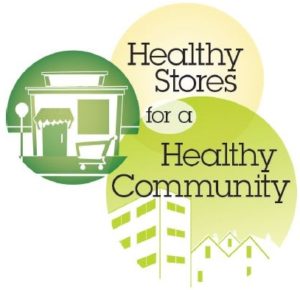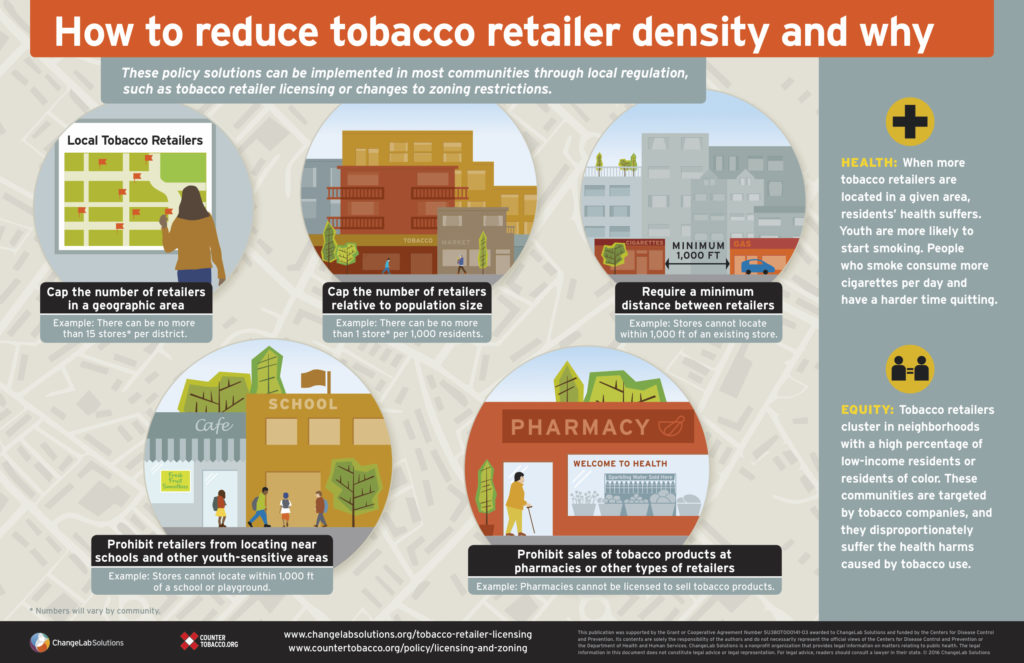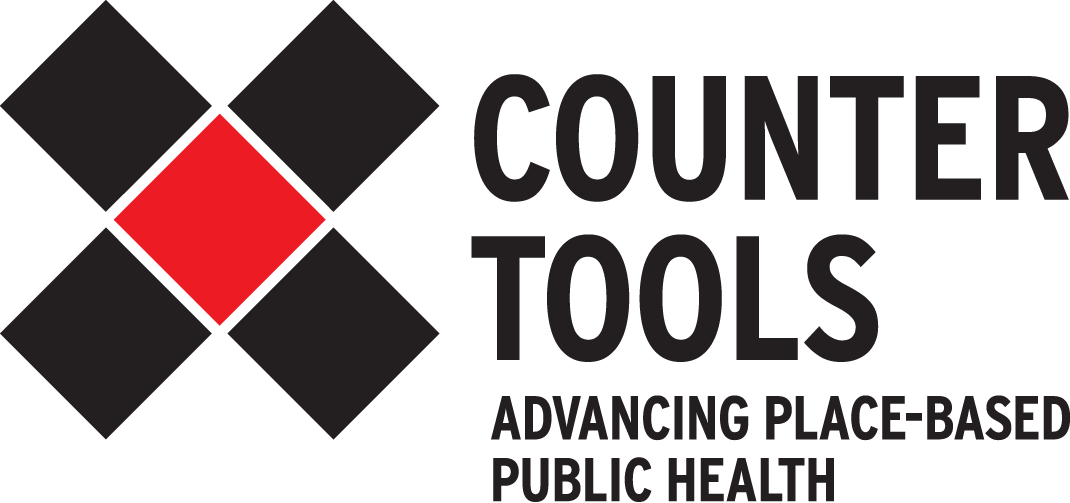Welcome to CounterTobacco.org’s “News and Research Roundup!” Each month we post a summary of the latest research, reports, and news stories on counteracting tobacco product sales and marketing at the point of sale (POS). Keeping up with what’s happening in the POS movement all across the country can help you choose policies and strategies that work best for your community. New research can help provide support for your work and evidence for the importance of the “War in the Store.” Have a story you don’t want us to miss? E-mail it to us!
New Research
Disparities
- Disparities in tobacco marketing and product availability at the point of sale: Results of a national study, Preventive Medicine
- A national study of 2230 tobacco retailers in the contiguous U.S. found extensive marketing for tobacco products to current customers and youth, with disproportionate targeting of African Americans. Over 95% of stores displayed tobacco marketing materials, averaging 29.5 pieces of marketing material per store, and 16.8% of stores had ads below three feet (at kids’ eye-level). Price promotions were present in 75.1% overall, but 87.2% in gas/convenience stores (where youth frequent) and 85.5% of pharmacies. However, stores in neighborhoods with the highest concentration of African-American residents were more than twice as likely to have price promotions, and price promotions were also common in neighborhoods with more youth. While 81.3% of stores sold flavored cigars, stores in neighborhoods with the highest concentration of African-American residents were 2.6 times as likely to sell flavored cigars.
- Neighborhood variation in the price of cheap tobacco products in California: Results from Healthy Stores for a Healthy Community, Nicotine & Tobacco Research
 An analysis of store assessment data collected across the state of California in 2013 from over 7,000 stores showed that 84% of stores sold cigarettes for less than $5, and a Swisher Sweets cigarillos was available for less than $1 in 74% of stores that sold the brand. However, the cheapest cigarettes cost even less in neighborhoods that had a higher proportion of school-age residents and Asian/Pacific Islanders. Researchers emphasize that this neighborhood disparity in the price of cheap, combustible tobacco is a public health threat. However, policies that raise the price of tobacco and reduce availability may help reduce disparities in use.
An analysis of store assessment data collected across the state of California in 2013 from over 7,000 stores showed that 84% of stores sold cigarettes for less than $5, and a Swisher Sweets cigarillos was available for less than $1 in 74% of stores that sold the brand. However, the cheapest cigarettes cost even less in neighborhoods that had a higher proportion of school-age residents and Asian/Pacific Islanders. Researchers emphasize that this neighborhood disparity in the price of cheap, combustible tobacco is a public health threat. However, policies that raise the price of tobacco and reduce availability may help reduce disparities in use.- Learn more about policies that increase the price of tobacco from non-tax approaches and more about flavored tobacco products.
Retailer Density
- Tobacco retail availability and risk of relapse among smokers who make a quit attempt: a population-based cohort study, Tobacco Control
- An analysis of the Ontario Tobacco Survey and data from the Ontario Ministry of Health found that individuals who lived in high-income areas with increased tobacco retailer density were half as likely to make a quit attempt. This relationship was not found in low-income areas. However, across income categories, individuals who lived within walking distance (500 meters) of at least one store were 1.4 times as likely to relapse when trying to stay quit than those who did not have a tobacco retailer within walking distance.
- Learn more about retailer density.
- The role of tobacco outlet density in a smoking cessation intervention for urban youth, Health & Place
- This study found that the effectiveness of a text-messaging-based smoking cessation intervention was mitigated by higher tobacco retail outlet density, which enhanced adolescents’ intention to smoke.
- Vape Shop Density and Socio-demographic Disparities: A U.S. Census Tract Analysis, Nicotine & Tobacco Research
- This study of vape shop data from Yelp.com, Yellowpages.com, and Guidetovaping.com found that vape shops tend to be concentrated in the same areas where people with a higher risk of vaping and smoking live. Vape shop density was higher in urban census tracts vs. non-urban census tracts. In urban areas, higher retailer density was also associated with larger proportions of Hispanic and Asian residents, adults aged 18-44, and higher poverty. Lower vape shop density was associated with more residents under 18 years old. In non-urban areas, there was higher vape shop density in areas with a greater proportion of African American and Hispanic residents, smaller household sizes, and a lower percentage of owner-occupied housing units.
- Tobacco Town: Computational Modeling of Policy Options to Reduce Tobacco Retailer Density, American Journal of Public Health
 Based on an agent-based simulation model, researchers found that reducing retailer density can decrease accessibility of tobacco products by driving up search and purchase costs. They tested four strategies for retailer reduction and found that limiting proximity of retailers to schools or to other retailer worked best in dense, urban towns, whereas random retailer reduction (similar to cap-and-winnow strategies) worked best in less-dense sub-urban settings. This indicates that there is no “one size fits all” policy, and towns should select the policy that will lead to the greatest retailer reduction and will reduce disparities in retailer density most effectively. In addition, implementation of multiple policies resulted in the largest density reductions and largest overall cost increases (more than a very strong single policy).
Based on an agent-based simulation model, researchers found that reducing retailer density can decrease accessibility of tobacco products by driving up search and purchase costs. They tested four strategies for retailer reduction and found that limiting proximity of retailers to schools or to other retailer worked best in dense, urban towns, whereas random retailer reduction (similar to cap-and-winnow strategies) worked best in less-dense sub-urban settings. This indicates that there is no “one size fits all” policy, and towns should select the policy that will lead to the greatest retailer reduction and will reduce disparities in retailer density most effectively. In addition, implementation of multiple policies resulted in the largest density reductions and largest overall cost increases (more than a very strong single policy).- Learn more about licensing and zoning strategies to reduce retailer density.
Tobacco Packaging
 Tobacco packaging design for reducing tobacco use, Cochrane Reviews
Tobacco packaging design for reducing tobacco use, Cochrane Reviews
- This review of fifty-one studies involving 800,000 participants found that standardized packaging may reduce smoking prevalence. Removing the branded imagery from cigarette packs influences knowledge, attitude, and beliefs towards tobacco use, which could influence rates of tobacco use initiation and cessation. People pay more attention to health warnings and find them more salient on standardized packs compared to branded packs. Standardized packs are consistently rated as less appealing than branded packs, and they also appear to reduce misperceptions of reduced harm.
- News Story: New evidence finds standardized cigarette packaging may reduce number of people who smoke, EurekAlert
- Learn more about restricting product packaging.
- Factual text and emotional pictures: overcoming a false dichotomy of cigarette warning labels, Tobacco Control
- An online study with 1828 US adults found that textual and pictorial cigarette warning labels were equally informative. Textual labels evoked a slightly less emotional response. In addition, the same warning that were perceived to be highly informative also evoked stronger emotional responses. This study contradicts a court conclusion that pictorial messages are emotional and not “purely factual and uncontroversial.”
- Into the black: Marlboro brand architecture, packaging and marketing of relative harm, Tobacco Control
Other
- Antismoking Ads at the Point of Sale: The Influence of Ad Type and Context on Ad Reactions, Journal of Health Communications
- Graphic ads elicited more negative emotion, affective dissonance, and perceived effectiveness than other types of ads. However, ads that focused on the benefits of quitting elicited more motivational reactions than graphic ads. Antismoking ads fared based when viewed alone. When places next to cigarette ads or on a tobacco display, they diminished respondents’ motivation and increased their feelings of unease and discomfort. However, even relatively small triggers, such as feelings of unease and discomfort help buffer the effect that tobacco products and ads may have to cue cravings.
- Learn more about POS Health Warnings.
- Perceptions and Experiences with Flavored Non-Menthol Tobacco Products: A Systematic Review of Qualitative Studies, International Journal of Environmental Research and Public Health
- Most of the 20 studies assessed reported positive perceptions of flavored tobacco products, especially among youth and young adults, and noted flavors as specifically leading to their experimentation and/or initiation of flavored tobacco products. Six studies found that participants believed flavored tobacco products were less harmful than cigarettes.
- Learn more about flavored tobacco products.
- Implementation strategies to promote community-engaged efforts to counter tobacco marketing at the point of sale, Translational Behavioral Medicine
 Guided by Kingdon’s theory of policy change, Counter Tools provides tools, training, and other implementation strategies to support community partnerships’ performance of five core policy change processes: document local problem, formulate policy solutions, engage partners, raise awareness of problems and solutions, and persuade decision makers to enact new policy. This study assessed Counter Tools’ impact at 1 year on 1) partnership coordinators’ self-efficacy, 2) partnerships’ performance of core policy change processes, 3) community progress towards evidence-based policy interventions, and 4) salient contextual factors. The researchers found that coordinators’ self-efficacy increased significantly after 1 year, and partnerships completed the most activities within the “engage partners” and “document local problem” core processes.
Guided by Kingdon’s theory of policy change, Counter Tools provides tools, training, and other implementation strategies to support community partnerships’ performance of five core policy change processes: document local problem, formulate policy solutions, engage partners, raise awareness of problems and solutions, and persuade decision makers to enact new policy. This study assessed Counter Tools’ impact at 1 year on 1) partnership coordinators’ self-efficacy, 2) partnerships’ performance of core policy change processes, 3) community progress towards evidence-based policy interventions, and 4) salient contextual factors. The researchers found that coordinators’ self-efficacy increased significantly after 1 year, and partnerships completed the most activities within the “engage partners” and “document local problem” core processes.- Learn more about Counter Tools.
Industry News
- FDA Authorizes Clinical Trial for 22nd Century BRAND B Low Tar-to-Nicotine Ratio Cigarettes, Business Wire
- What Lincoln Park has now: Its own snus shop, Chicago Business
- Tobacco Battleground: Going Local, CSP Daily News
POS Policy in the Media
- California looks to ban tobacco product discounts after state’s recent $2-a-pack tax hike, CNBC
- Appeals court: Tobacco manufacturers must include corrective warning statements, Winston-Salem Journal Now
- Klamath County, Ore. Approves Tobacco Retailer License Proposal, HalfWheel
- Senate confirms Gottlieb as FDA commissioner, AP News
- Increase On ‘Little Cigars’ in GOP Assembly Tax Plan, Wisconsin Public Radio
 Flavored Tobacco Products
Flavored Tobacco Products
- New Data Link Policies that Restrict Tobacco Sales to Lower Rates of Youth Tobacco Use in Providence, Rhode Island.Gov
- Store owners, health advocates debate flavored tobacco ban in Woonsocket, Valley Breeze
- Hartford Mulls Tobacco Controls, Valley News
E-Cigarettes
- FDA delays enforcement of stricter standards for e-cigarette, cigar industry, Washington Post
- New E-Liquid Law Passes in Indiana, National Law Review
- U.S. House bill would exempt e-cigarettes from tobacco regulations, Fox Business
Tobacco 21
- Edina becomes first city in the state to raise tobacco sales age to 21, Star Tribune
- Jefferson City Council raises legal age to buy tobacco products in a close vote, ABC 17 News
- Garden City raises legal age to buy tobacco from 18 to 21, KWCH
- Tompkins County legislature votes to raise tobacco purchasing age to 21, CNYCentral
- Cottonwood passes ordinance to raise smoking age, 12 News
- Minnesota senate bill would raise statewide tobacco sales age to 21, Star Tribune
- New law would raise the age to buy tobacco across New York State, WKBW
Find more stories in last month’s News and Research Roundup.
Know of a story that we missed? Email us, and we’ll be sure to include it in next month’s roundup!


